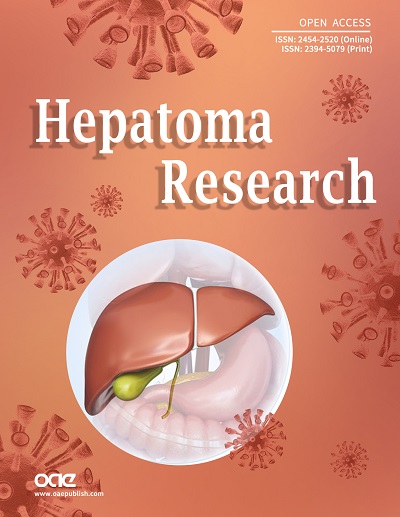fig2

Figure 2. Central role of CAFs involved in modification of the TME. By secreting a range of cytokines and chemokines, CAFs are able to recruit cells of the TIME in a direct (monocytes and MDSCs) and indirect (TAN) route. TAN are recruited around the tumor cells through the action of CAF-secreted CLCF1 that, in turn, induces the secretion of the chemotactic mediators CXCL5, CXCL6, and TGF-β by HCC cells. Besides monocyte recruitment, CAFs induce a M1-M2 switch of macrophages. Furthermore, CAFs are actively involved in angiogenic processes by secreting PGF, VEGF, and Ang-1. Finally, CAFs are able to modify the composition of the ECM surrounding tumor cells by secreting MMP9 and downregulating the expression of decorin. CAF: cancer-associated fibroblast; ϕ: macrophage; HCC: hepatocellular carcinoma; TAN: tumor-associated neutrophil; ECM: extracellular matrix; MDSC: myeloid-derived suppressor cells; Gas6: growth arrest-specific protein 6; PAI 1: plasminogen activator inhibitor 1; IL: interleukin; TGF-β: transforming growth factor β; CLCF1: cardiotrophin-like cytokine factor-1; MMP-9: metalloproteinase 9; CXCL12: C-X-C motif chemokine 12; CCL2: chemokine ligand 2; PGF: placental growth factor; VEGF: vascular endothelial growth factor; Ang-1: angiopoietin 1; EZH2: enhancer of zeste homolog-2; VASH1: vasohibin 1. Figure partially made using biorender.com.








